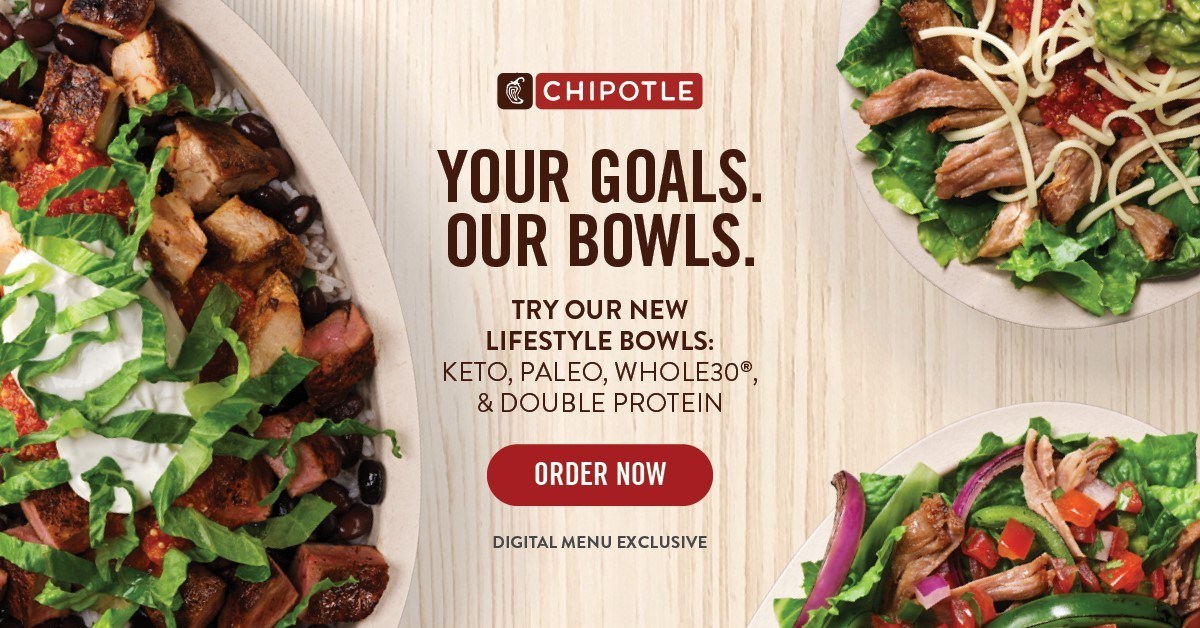Language is everything when it comes to selling plant-based foods to consumers. While it may be easy to assume that health-conscious shoppers would prefer products marketed to match their diet goals, new research from the World Resources Institute (WRI) shows that it is more important to appeal to their sense of taste.
This is primarily because the wording used to describe food can increase desire if it triggers a pleasurable mental simulation for the shopper, according to Daniel Vennard, Director of the Better Buying Lab at the WRI.
“We take cues, such as language, to bring together previous memories of the same or similar food or associations of what that food might be like to eat,” said Vennard in a statement to Xtalks. “So, for example, when you read ‘Apple pie’, then your brain might pull from previous experiences, the taste of sweet apple with buttery pasty, and all the pleasant emotions that go with this.”
After two years of research in Britain and the US, the WRI’s Better Buying Lab has identified the dos and don’ts of marketing plant-based foods to consumers in order to boost the appeal and sales of the products with the goal of creating a more sustainable future.
DON’T Use “Healthy Restrictive” Language:
View this post on Instagram
Plant-based foods are generally thought of as boring and bland, so adding healthy restrictive phrases like “low fat” to the mix will only diminish product appeal.
To come to this conclusion, WRI conducted a US study where respondents were all given the same mango smoothie to drink, but with different labels. Those who drank one labeled “healthy” rated it as 55 percent less enjoyable than those who drank the “unhealthy” version.
Other tests looking at cookies, milkshakes and even soup have shown similar findings.
DO Highlight Origin:
View this post on Instagram
Putting emphasis on a food’s source can be evocative for consumers, creating a positive association with the product. Sometimes a simple name change is all it takes, WRI said.
For example, Panera Bread switched the name of its “Low Fat Vegetarian Black Bean Soup” to “Cuban Black Bean Soup” in a naming test. As a result of the switch, the black bean soup saw a 13 percent increase in sales at the trial locations.
Additionally, as consumers continue to demand transparency when it comes to their food, it may also increase trust to name where the product comes from.
DON’T Use Meat-Free:
View this post on Instagram
Although a growing number of meat eaters are game to try plant-based foods, that doesn’t mean they want to be reminded of what they’re missing out on when it comes to product labels.
“It’s counterproductive to communicate that a food is ‘free’ of meat if the goal is to appeal to more meat-eaters,” said Vennard.
To gain this understanding, WRI conducted a study at Sainsbury’s supermarket in the United Kingdom. Finding that the sales of two dishes increased 76 percent when ‘meat free’ was removed from the dishes’ names and replaced with a more appealing one.
DO Spotlight Flavor:
View this post on Instagram
Simple descriptions may work to sell certain products, but plant-based food is not one of them. According to WRI the more delicious-sounding the flavor description, the better.
“A study at Stanford University gave vegetable side dishes flavor-focused names such as ‘Rich Buttery Roasted Sweet Corn’ and ‘Zesty Ginger Turmeric Sweet Potatoes.’ Labeled this way, they were chosen 41 percent more often over identically prepared vegetables with ‘healthy-restrictive’ names and 25 percent more often than those with ‘basic’ names,” said Vennard.
DON’T Use Vegetarian:
View this post on Instagram
Like the use of “meat free” on a product label, the term “vegetarian” does little to attract those who normally prefer meat in their diet.
“Meat eaters are 56 percent less likely to order a plant-rich dish if it’s contained within a ‘vegetarian’ box on a menu, compared to the vegetarian options being spread across the menu. While vegetarian diets are perceived as healthy, they are also seen by many as boring and bland, and meat-free diets as not tasty enough,” continued Vennard.
According to WRI, the term “vegetarian” is largely associated with being healthy and therefore, unsatisfying to eat.
DO Underline Look and Feel:
View this post on Instagram
Plant-based foods are often rich in natural texture, color, and flavor and in order to draw consumers in the WRI says that experience needs to be highlighted.
“Plant-rich foods come in a spectrum of colors, and color is the single biggest cue people use to set their expectations of what a food will taste like,” said Vennard. “To highlight a food’s texture or sensation when eaten, chefs might also incorporate terms like ‘creamy,’ ‘warming,’ ‘crunchy,’ ‘smooth’ and “sticky” into their dish names.
Using descriptive words that consumers associate with high-fat foods, like “melt in your mouth” will also increase a positive reaction to the product.
DON’T Use Vegan:
View this post on Instagram
Although vegan diets are gaining traction in North America, for most omnivores, the term “vegan” is still seen as being fringe and different from the norm.
“‘Vegan’ is currently seen in a negative light by many meat-eaters, and one that creates an ‘us-them’ mentality with non-vegans,” continued Vennard.
A study in the US asked consumers to rank the relative appeal of 21 different labels used to describe food and beverages, and according to WRI, the vegan label was ranked as the least appealing out of all the options.
In the never-ending quest to connect with consumers on a meaningful level, those selling plant-based foods can cut through that mass of marketing options with these effective, low-cost strategies using language.
“Research has also shown that language not only has a powerful influence over our perceptions of food but can even evoke a physiological response,” concluded Vennard.








Join or login to leave a comment
JOIN LOGIN